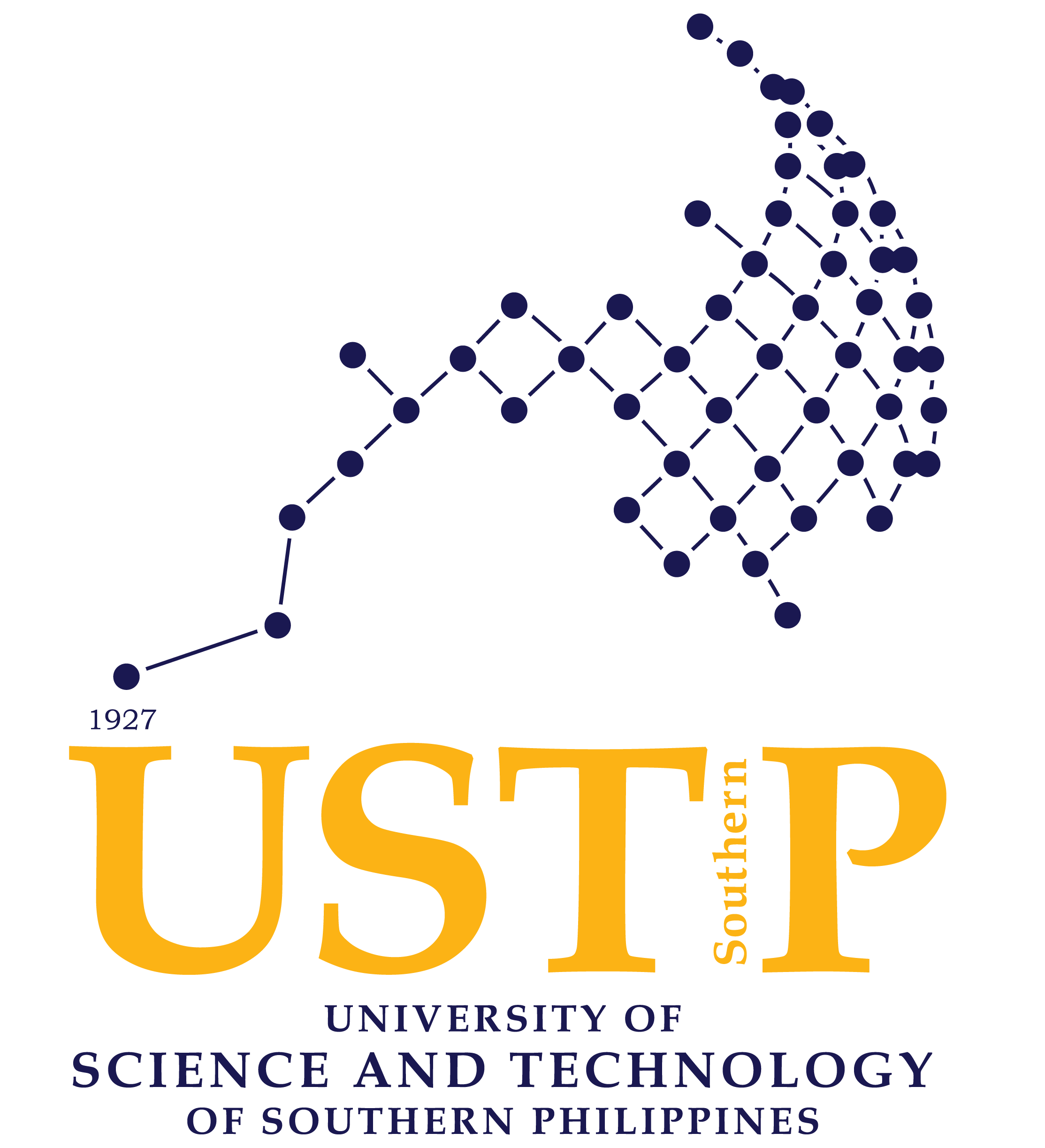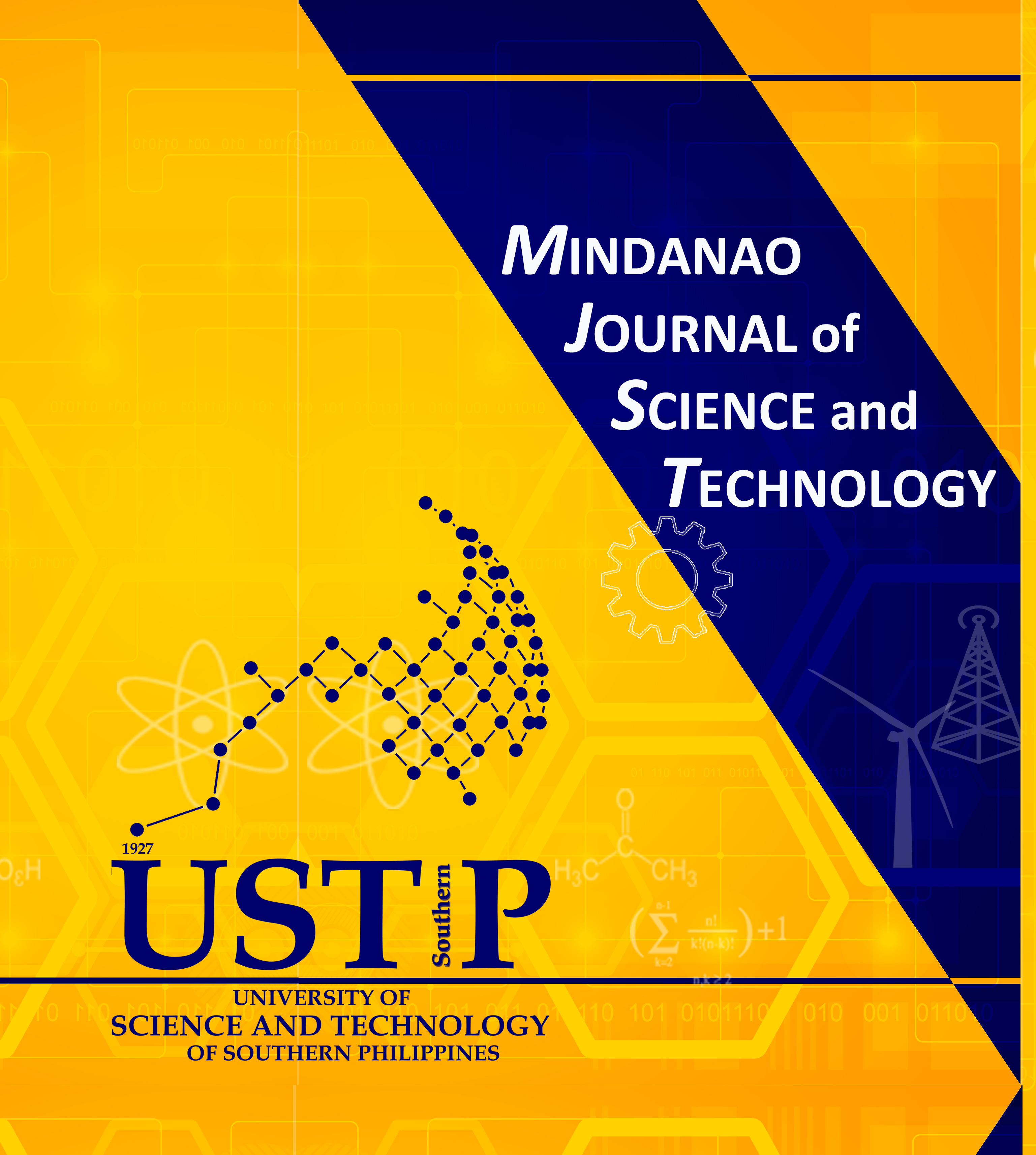Development and Characterization of Eco-Friendly Bioplastics from Saba (Musa acuminata x balbisiana) Peel Starch Reinforced with Alkali-treated Pineapple Leaf Fiber (PALF)
DOI:
https://doi.org/10.61310/mjst.v23i1.2396Keywords:
agricultural waste, bioplastic, glycerol, pineapple leaf fiber, saba peel starchAbstract
This study aimed to develop a bioplastic using saba peel starch, reinforced with alkali-treated pineapple leaf fiber (PALF). The saba peel starch was obtained through blending, filtering, settling, decanting, and oven-drying. PALF was extracted from pineapple leaves and treated with a 6% sodium hydroxide solution. The bioplastic was developed by heating, casting, and oven-drying a mixture of starch, glycerol (20%, 30%, 40% w/w), alkali-treated PALF (10%, 20%, 30% w/w), and water. The bioplastic's surface contact angle, tensile strength, and biodegradability were evaluated, and FTIR analysis was conducted on the sample with the highest tensile strength. The samples displayed distinct surface textures, with surface contact angles ranging from 39.3° to 88.3° for smooth surfaces and 23.3° to 86.5° for rough surfaces, The best-performing sample, BP-5, which had 30% w/w glycerol and 20% w/w alkali-treated PALF filler, achieved contact angles of 88.3° and 86.5° for smooth and rough surfaces, respectively. For tensile strength, values ranged from 2.67 to 8.17 MPa, with BP-3, containing 20% w/w glycerol and 30% w/w alkali-treated PALF, exhibiting the highest strength of 8.17 MPa. For the soil biodegradation test, weight loss ranged from 36.3% to 68.1% after ten days, with BP-1, which included 20% w/w glycerol and 10% w/w alkali-treated PALF, showing the highest biodegradability at 68.1%. All samples were fully degraded within twenty days. FTIR analysis revealed the presence -OH, -CH, C-O, and -OH (bending of water) functional groups. These results suggest that bioplastic is well-suited for various applications, including packaging, single-use containers, and potentially drinking straws.










